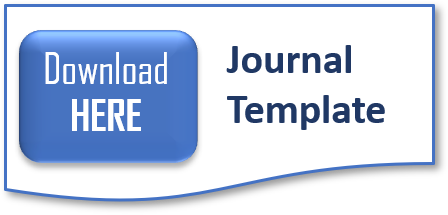 |
| ..:: ARTICLE SUBMISSION ::.. |
| Writing Guidelines |
| Author Guidelines |
| Submission Guidelines |
| Screening Plagiarism |
| Privacy Statement |
| ..:: ADDITIONAL MENU ::.. |
| Editorial Boards |
| Reviewer |
| Focus and Scope |
| Publication Ethics |
| License Term |
| ..:: EDITORIAL POLICIES ::.. |
| Section Policies |
| Peer Review Process |
| Open Acces Policy |
| Withdraw of Manuscript |
| Retraction and Correction |
| Author Fee |
| Copyright Notice |









